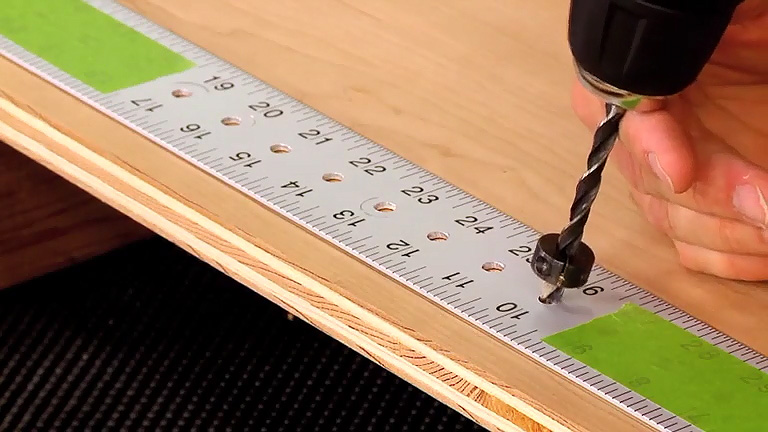If there’s one thing I’ve learned in woodworking, it’s that glue squeezeout is inevitable. Since squeezeout is a necessary evil of woodworking, what’s the best way to deal with it? Here are a few tips that will help you avoid the headaches during assembly. One way to deal with squeezeout is to protect the surface of the workpiece to make it easier to remove the glue later on. Prefinishing. An effective way to do this is to prefinish the parts whenever possible before assembly, as you can see in the photo at left. After applying a stain and a topcoat of varnish or lacquer, any excess glue on the surface will just pop right off, leaving behind a glue-free surface.

Another technique to prevent glue from sticking to the surface is to head it off at the pass. You can do this by masking off the joint before assembly. I usually only do this in a hard-to-reach area like the inside of a cabinet. I’ll apply the masking tape firmly along the joint line. After the glue begins to set up, it’s an easy task to peel away the glue with the tape.

I use a different tactic and all it requires is a little patience. All you need to do is wait 20-30 minutes after applying the glue and assembling the joint. This gives most yellow woodworking glues time to gel, or “skin over.” Then it’s a simple matter to “slice” off the glue with a sharp chisel or scrape it off (main photo). It’s important to keep your tool clean as you do this. To prevent smearing the surrounding area with glue, I use a damp rag to wipe off the tool. And you’ll want to be sure to scrape with the grain to avoid tearout.

After your project is assembled and sanded, you should wipe down your project with mineral spirits (paint thinner). This will highlight any spots of glue you may have missed. Sometimes the only way to remove a small glue spot is with some careful sanding. Start with a coarse grit to remove most of the glue, then work your way through finer grits to prepare the project for a finish.











